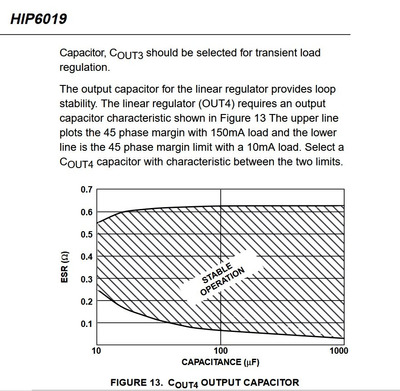First post, by TheAbandonwareGuy
- Rank
- Oldbie
Hey there! Cyb3rst0rm The GPU collector here!
So I wanted to start a thread, which basically is just logging different attempts at repairing various (3D/complex) graphics cards. These seem to be among the highest failure rate devices in retro computing, so it makes sense to start a compendium that is searchable so we can start identifying common problems with various graphics cards/series of graphics cards.
TEMPLATE:
- Date:
GPU Model:
Problem:
Work Performed:
Result:
Extrapolation:
Comment:
Please try to be as detailed as possible with the work performed and GPU model. Include images if you are able.
I'll start the thread.
- Date: January, 2023
GPU Model: EVGA NVIDIA GeForce 6800GT AGP 256MB
Problem: Artifacting at BIOs
Work Performed: Reflow with hot air gun. Slowly warmed the board at max temp, air pressure one by slowly moving across the board for several minutes on each side. The secondary goal of this is to reflow all the numerous SMD devices on each side. You should move slow enough to do this. It is very time consuming. Then each RAM module was subjected to air pressure level 5 for 45 seconds each, and the main GPU die was heated for a total of 10 minutes. All at max temperature.
Result: Artifacting resolved, card returned to full functionality.
Extrapolation: Unidentified solder joint failure
Comment: Likely a failure of the BGAs below either the ram modules or main GPU.
- Date: January, 2023
GPU Model: Dell ATI Radeon 9800XT 256MB
Problem: Artifacting at BIOs
Work Performed: Reflow with hot air gun. Slowly warmed the board at max temp, air pressure one by slowly moving across the board for several minutes on each side. The secondary goal of this is to reflow all the numerous SMD devices on each side. You should move slow enough to do this. It is very time consuming. Then each RAM module was subjected to air pressure level 5 for 45 seconds each, and the main GPU die was heated for a total of 10 minutes. All at max temperature.
Result: Artifacting temporarily resolved, however the card needed a new fan and after the card sat for a couple of weeks waiting on it, upon retesting the problem had reappeared.
Extrapolation: Unidentified solder joint failure
Comment: Likely another BGA failure. Likely will need higher temperature equipment or a proper BGA reflow machine to fix this.
-
Date: January, 2023
GPU Model: BFG Asylum NVIDIA GeForce FX5900 Ultra 256MB
Problem: Artifacting at BIOs
Work Performed:Reflow with hot air gun. Slowly warmed the board at max temp, air pressure one by slowly moving across the board for several minutes on each side. The secondary goal of this is to reflow all the numerous SMD devices on each side. You should move slow enough to do this. It is very time consuming. Then each RAM module was subjected to air pressure level 5 for 45 seconds each, and the main GPU die was heated for a total of 10 minutes. All at max temperature.
Result: No change
Extrapolation: Memory chip failure.
Comment: Suspect faulty memory chips based on numerous other reports from this and similar models of FX5900.
- Date: March, 2023
GPU Model: EVGA NVIDIA GeForce 6600 256MB PCIe
Problem: No Post, obvious vented main capacitors
Work Performed: Replaced 4 main 1500uf 6.3v capacitors with identical spec replacements from Wurth Electronics.
Result: Card restored to full functionality
Extrapolation: Failed electrolytic capacitors
Comment: N/A
Cyb3rst0rms Retro Hardware Warzone: https://discord.gg/jK8uvR4c
I used to own over 160 graphics card, I've since recovered from graphics card addiction
